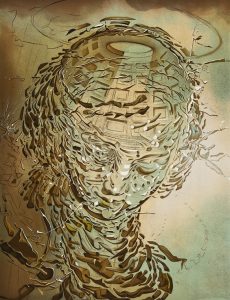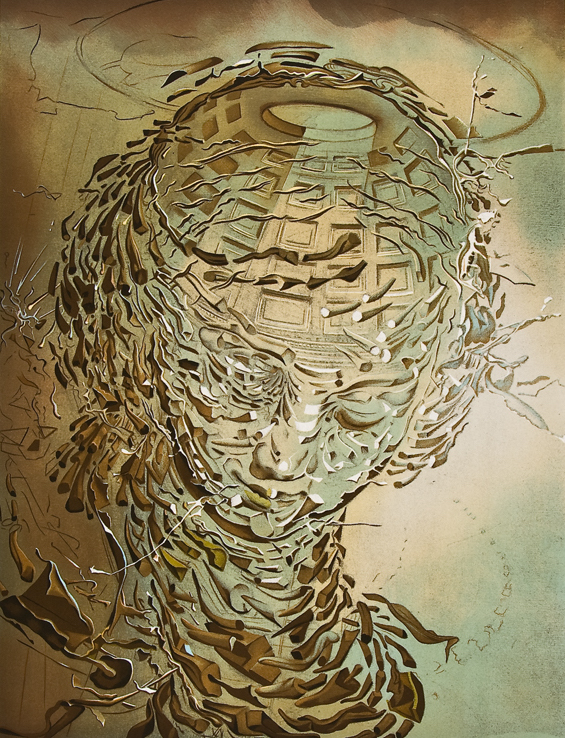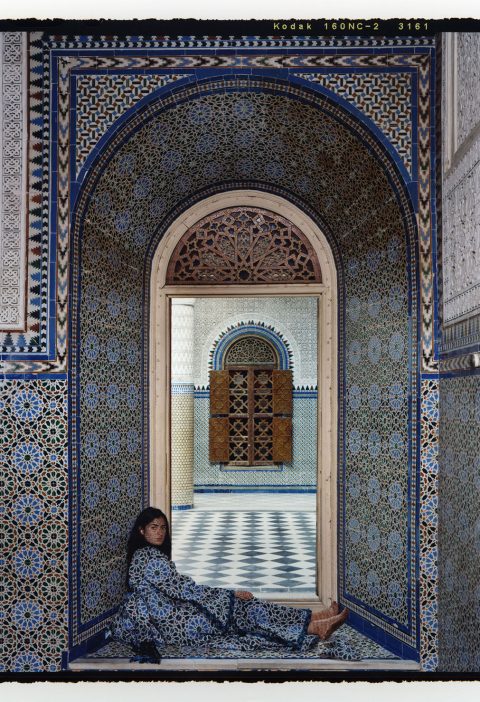It seems as though in recent months after any bad thing happens, it’s required to say something like “Yeah, 2020’s rough.” The connection between something tragic occurring and this year frustrates me. While I’m urged to say that correlation isn’t causation, and the Gregorian calendar cannot be blamed for societal calamity, this frustration remains because it just as often seems like the sentiment is justified. To go through a list of the atrocities, complications and even just annoyances of events and actions from the previous eight months of 2020 would be arduous at best and downright painful at worst. Even for those like myself that live with the privilege of a safe and healthy home, it can often seem that hope is a fleeting ideal only entertained by ignoring reality. However, I have also watched enough Star Wars movies to know that hope can be found even in the worst of circumstances. When Princess Leia is on the verge of capture, her hope that Obi-Wan Kenobi could aid the rebellion was the only thing between victory and defeat; in Star Wars, it seems like in moments where hope is the least likely it is also the most important. I’d like to suggest that a similar feeling can be found in one of the artworks in The Trout Gallery’s permanent collection, The Cosmic Madonna, by Salvador Dali

Cosmic Madonna
Lithograph on Arches paper
38.25 x 31.5 in.
1981, 20th c., 1985.11
Gift of Joseph Weniger
Perhaps the most famous Surrealist painter of all time, Dali’s public showmanship and intentional flouting of the unwritten rules of celebrity mirrored what he chose to paint: melting clocks, elephants walking on stilts, humans hatching from eggs, and many other such departures from reality. The word Surrealism itself indicates that artists of this genre portray impossible scenarios and absurd objects, and artworks created as part of this movement are strongly connected to the unbelievable worlds we perceive within our dreams as well as the little-understood operations of the human subconscious. To be surreal is not to be ignorant of reality, but instead to acknowledge reality by intentionally ignoring it in favor of other less “realistic” approaches to life.
Created in 1981, Dali’s Cosmic Madonna is a lithograph in The Trout Gallery permanent collection. The print represents a woman’s likeness ; her face and neck are composed of a cornucopia of shapes, each shaded a similarly dark hue in contrast to the brown-green background. Her chin points downwards as if she is in a self-reflective state. This is further suggested by the expression of her mouth—we see a slight smirk on her lips. The face of the Madonna is composed of shapes, but Dali paints relatively few objects on her forehead in order to showcase the inside of the head itself. Here, the hollow head is composed of an architecturally-designed facade, reminiscent of an ancient Roman structure like the Parthenon. The Madonna’s head has a circular skylight-type shape at the top that is similar to an eye. From this, comes a singular shaft of light, radiant and illuminating the interior, thus highlighting the negative space in the center of the head. In his depiction of the Madonna, Dali also gives a nod to traditional depictions of the mother of God by painting a faint halo above her head. Dali was a noted admirer of Raphael, the prolific Italian Renaissance painter who painted similar images of the Madonna in the 16th century
Although I don’t believe this painting is meant to mean one thing in particular, to me it’s about self-determination and hope. The Madonna appears content and possibly even joyful, but these emotions are not created by something outside of her. After all, her eyes are closed and with her chin down she seems to be introspective. It almost seems like she is self-manifesting feelings of hope, a sense that is emphasized by the shaft of light entering her head. The Madonna is not so much a complete figure as the culmination of various shapes and objects that form her head, creating a general sense of ephemerality and flux.
When I look at this print I ask myself “Are we the sum of our parts, simply just our parts, or is there something more than defines our identity? I don’t know whether the ray of light is what causes the Madonna to smile, or if her smile just happens to be highlighted by the light (Although I doubt that the Surrealists really cared about linear time anyway).
While we exist in a world that routinely proves how devastatingly unpredictable and hopeless life can seem, to produce hope, or self-manifest it in the case of Dali’s Madonna, is a choice. Or, if you’re somebody that needs reassurances about these things just watch Obi-Wan save Princess Leia on the Death Star and you’ll get the same message.
-Jackson Rhodes, Trout Gallery Student Assistant



